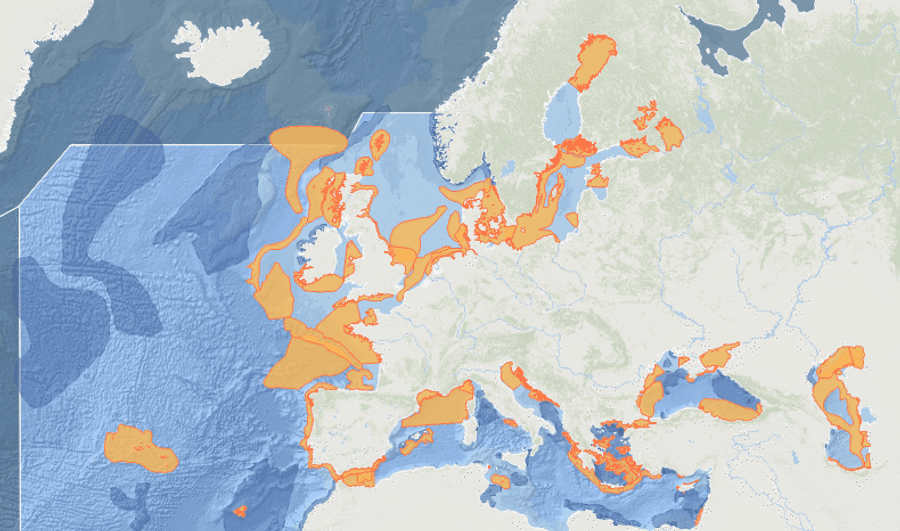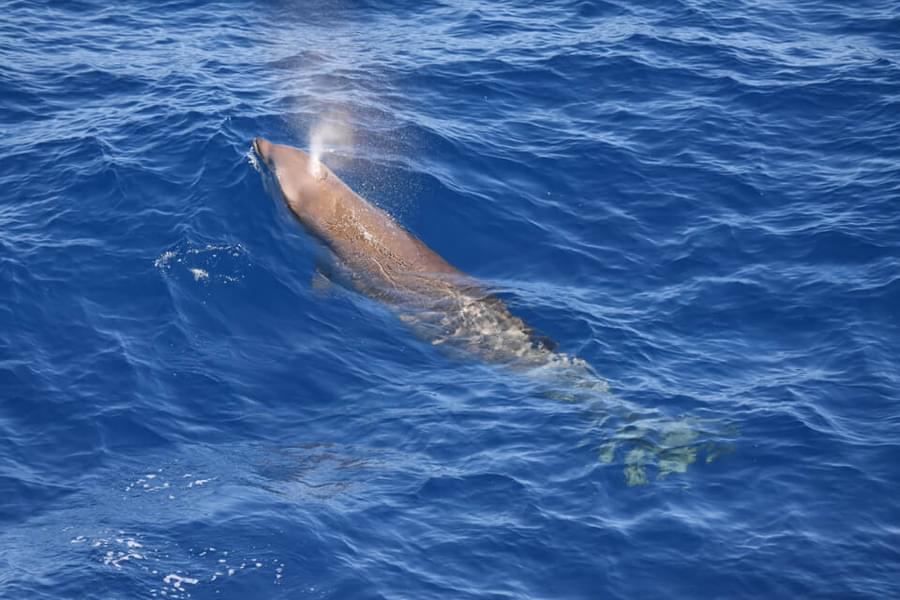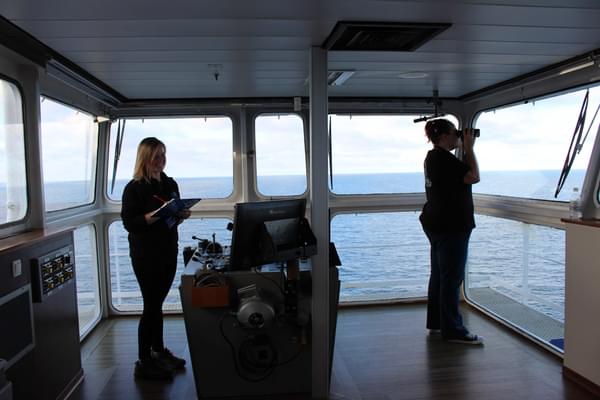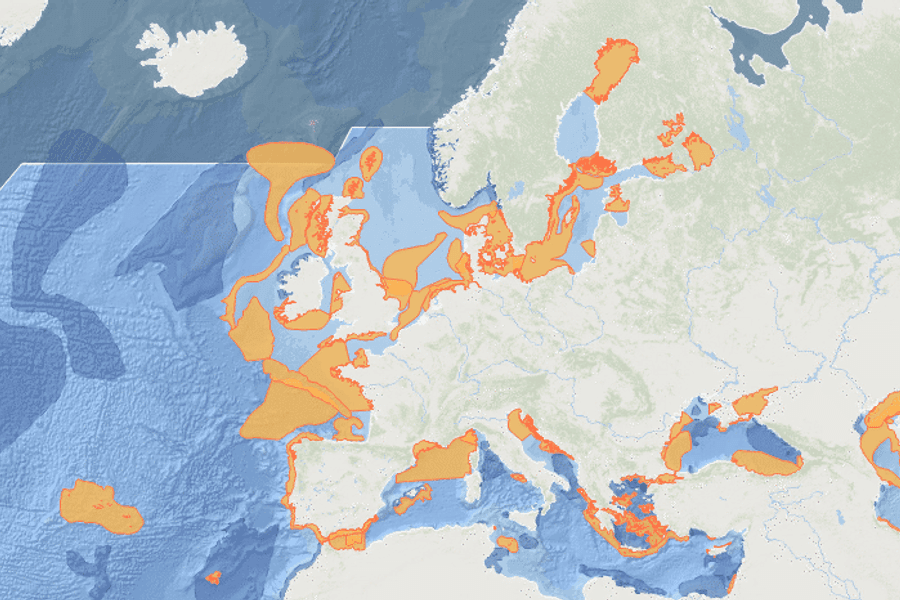You might remember that back in February, we announced that ORCA’s citizen science data had provided evidence to create a network of new Important Marine Mammal Areas (IMMAs) in the Northeast Atlantic and Baltic. Excitingly, from this week, you are now able to download the fact-sheet brochures for each of the IMMAs in this area.

ORCA’s citizen science data (predominantly data collected by our incredible network of Marine Mammal Surveyors and Ocean Conservationists) was used across the whole Northeast Atlantic region to put forward compelling and strong evidence for areas that we know are important for cetaceans, particularly areas in the Bay of Biscay, North Sea, English Channel, Hebrides and Celtic Seas.
The IMMAs for which ORCA’s data and expertise had a key input were:

It’s well worth having a click around the IMMA e-Atlas, to learn more about the incredible variety of habitats that marine mammals around the UK and Europe utilise. You can find the link to access each brochure on the IMMA e-Atlas; click on the area you want to learn more about, click on ‘View Factsheet’ and then click on ‘Download Brochure’.
ORCA will now focus on monitoring these areas, and work hard to drive forward protection measures in these crucial habitats.

Utilising the UK ferry network, our volunteer Marine Mammal Surveyor teams board ferries leaving ports across the UK to conduct scientific surveys to record the species seen, where they are and what they are doing. Do you want to become a Marine Mammal Surveyor in 2025? Now is the time to sign up for our upcoming courses in October and November! To find out more, visit orca.org.uk/train

